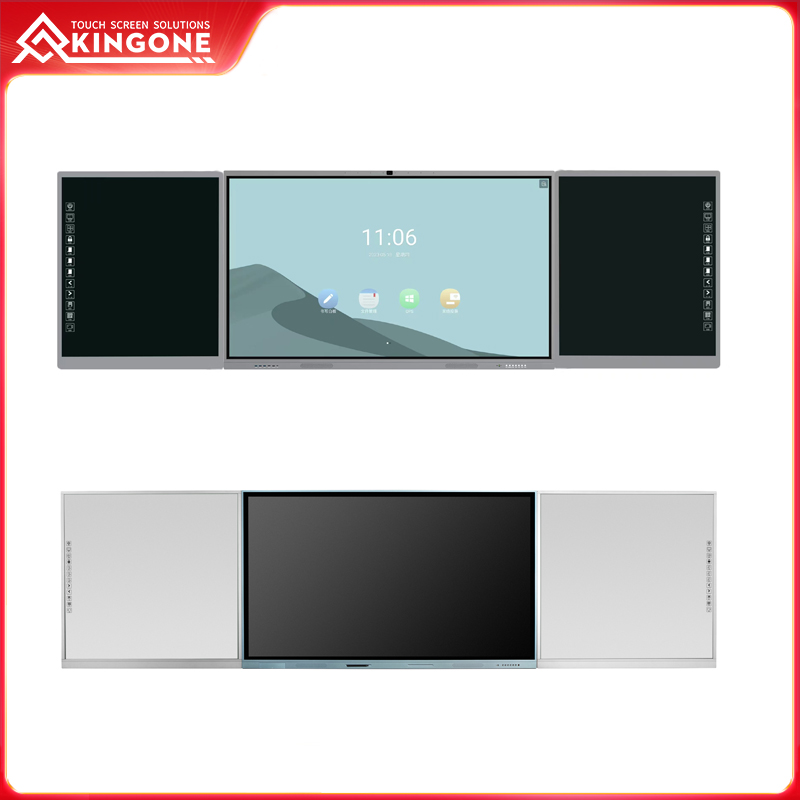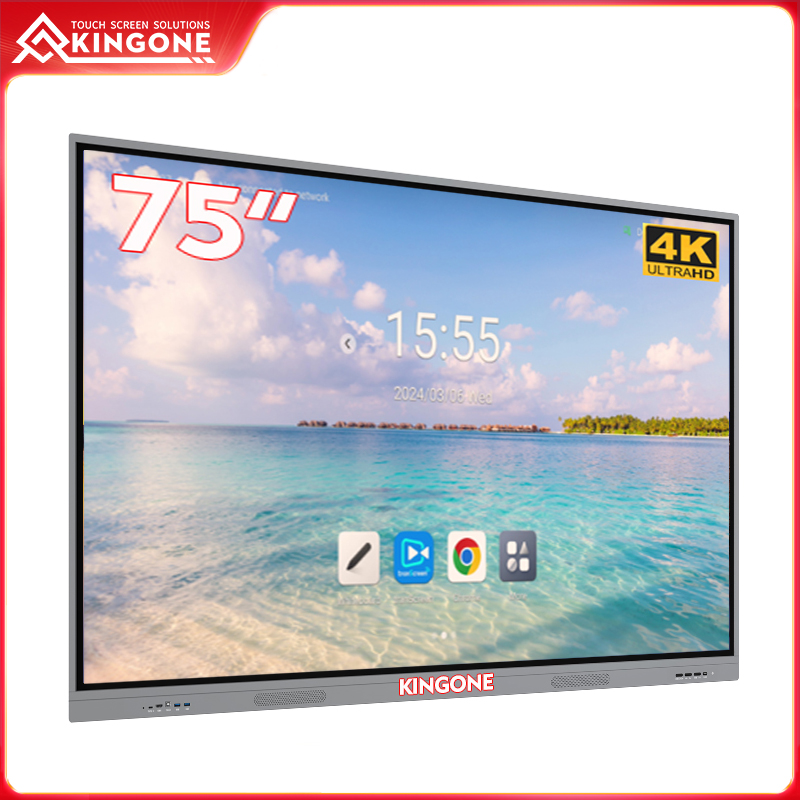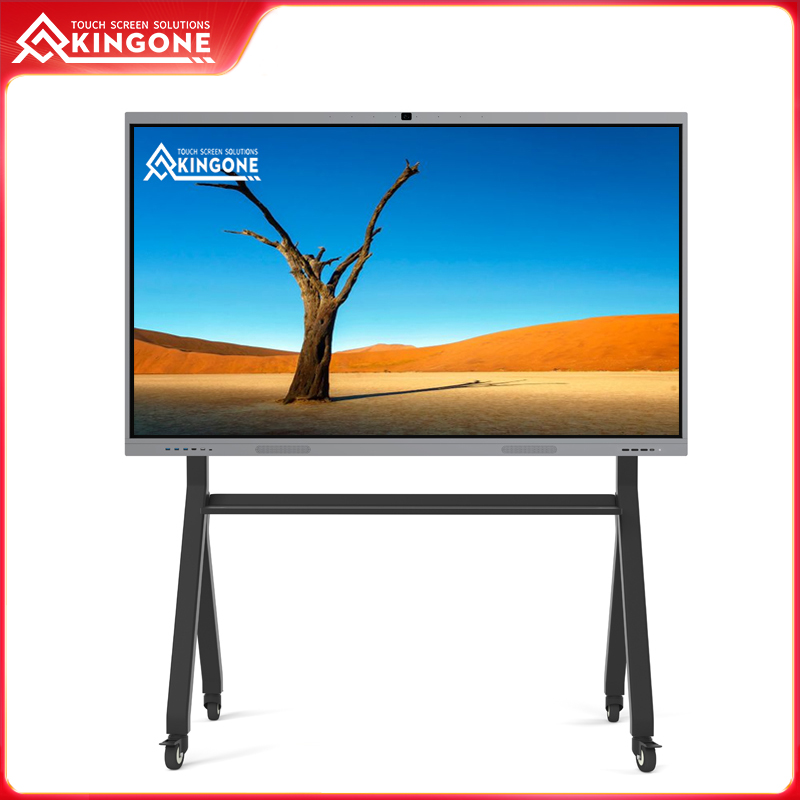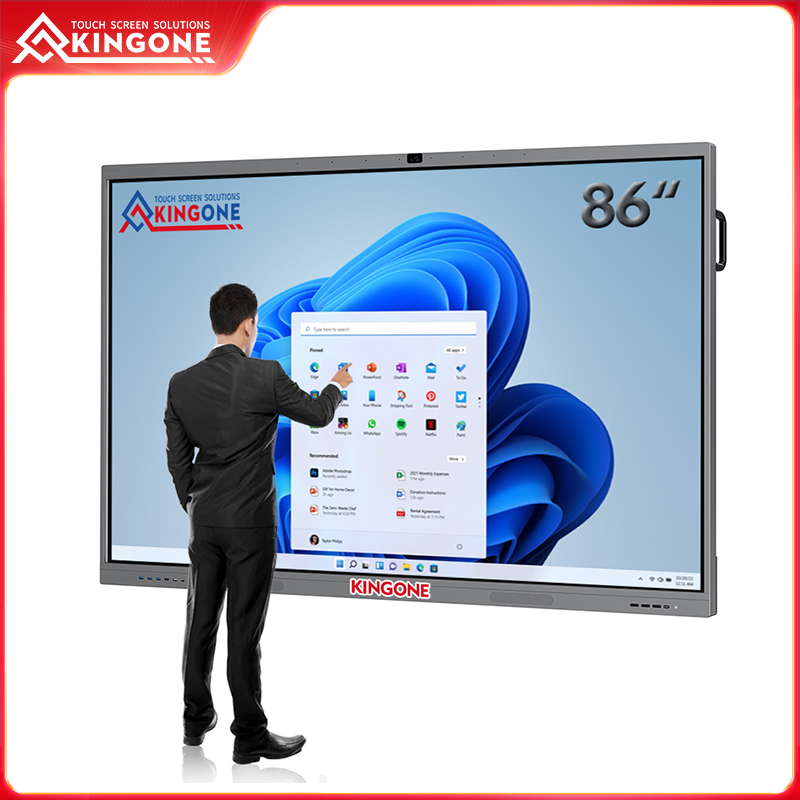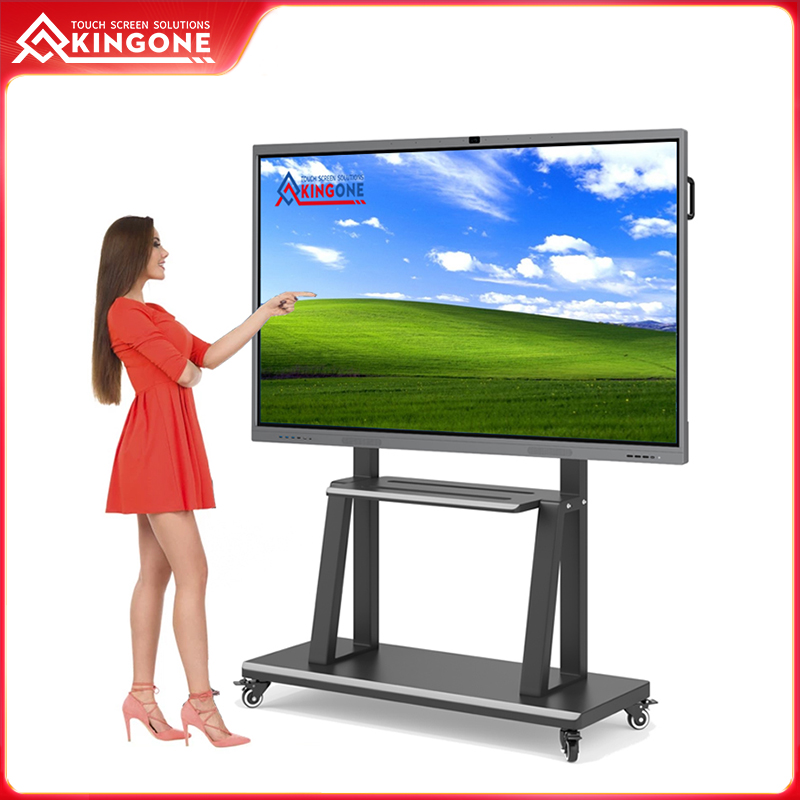Indoor Advertising Revolution: Navigating Options for Optimal Display
Published:
2024-01-31 02:33:13
Dive into the indoor advertising revolution by exploring a variety of display options.
The Evolution of Indoor Advertising

Indoor advertising has undergone a significant transformation in recent years, revolutionizing the way brands connect with their target audience. With the advancement of technology and the increasing popularity of digital displays, advertisers now have a wide range of options to choose from when it comes to indoor advertising. This article aims to explore these options and provide insights into navigating the indoor advertising landscape for optimal display.
The Rise of Digital Displays
One of the most prominent trends in indoor advertising is the adoption of digital displays. These displays offer advertisers the flexibility to showcase dynamic and engaging content, capturing the attention of passersby. From LED screens to video walls, digital displays provide a vibrant and eye-catching way to disseminate brand messages. With the ability to easily update and customize content, digital displays have become a popular choice for indoor advertising campaigns.
Interactive Experiences
Another innovative approach to indoor advertising involves creating interactive experiences for the audience. This can be achieved through touchscreens, motion sensors, augmented reality, or virtual reality technologies. By allowing consumers to actively engage with the advertisement, brands can create a memorable and personalized experience, increasing brand recall and customer engagement.
Augmented Reality in Indoor Advertising
Augmented reality (AR) has become an exciting tool in the world of indoor advertising. By overlaying virtual elements onto the physical environment, AR enables brands to deliver immersive experiences to their target audience. Whether it's trying on virtual products or exploring virtual store layouts, AR adds a new dimension to indoor advertising, bridging the gap between the virtual and physical worlds.
Location-Based Targeting
Advancements in technology have allowed advertisers to leverage location-based targeting in indoor advertising. By utilizing beacons, Wi-Fi, and GPS technologies, brands can deliver personalized content based on the consumer's location within a specific indoor venue. This targeted approach ensures that the right message reaches the right audience at the right time, enhancing the effectiveness of indoor advertising campaigns.
Data Analytics for Optimization
To achieve optimal display in indoor advertising, data analytics plays a crucial role. By analyzing data collected from various sources, such as footfall traffic, consumer behavior, and demographics, advertisers can gain valuable insights into the performance of their campaigns. This data-driven approach enables them to make informed decisions and optimize their content, ensuring maximum impact and return on investment.
In conclusion, the indoor advertising revolution has opened up a world of possibilities for brands looking to engage with their target audience. With digital displays, interactive experiences, augmented reality, location-based targeting, and data analytics, advertisers have a variety of options to choose from. By understanding and utilizing these options effectively, brands can navigate the indoor advertising landscape and achieve optimal display, ultimately driving brand awareness, customer engagement, and business growth.
 English
English

